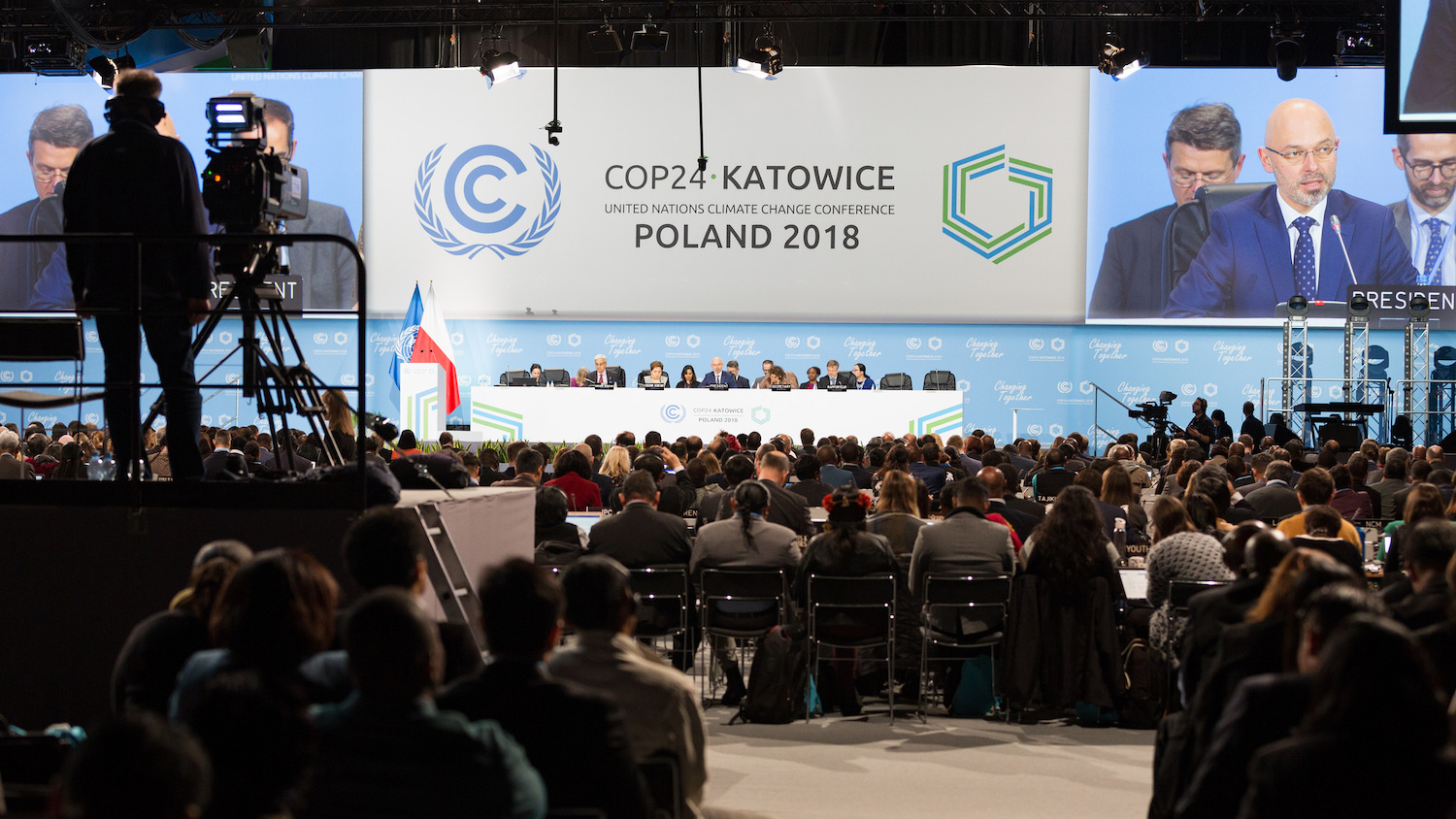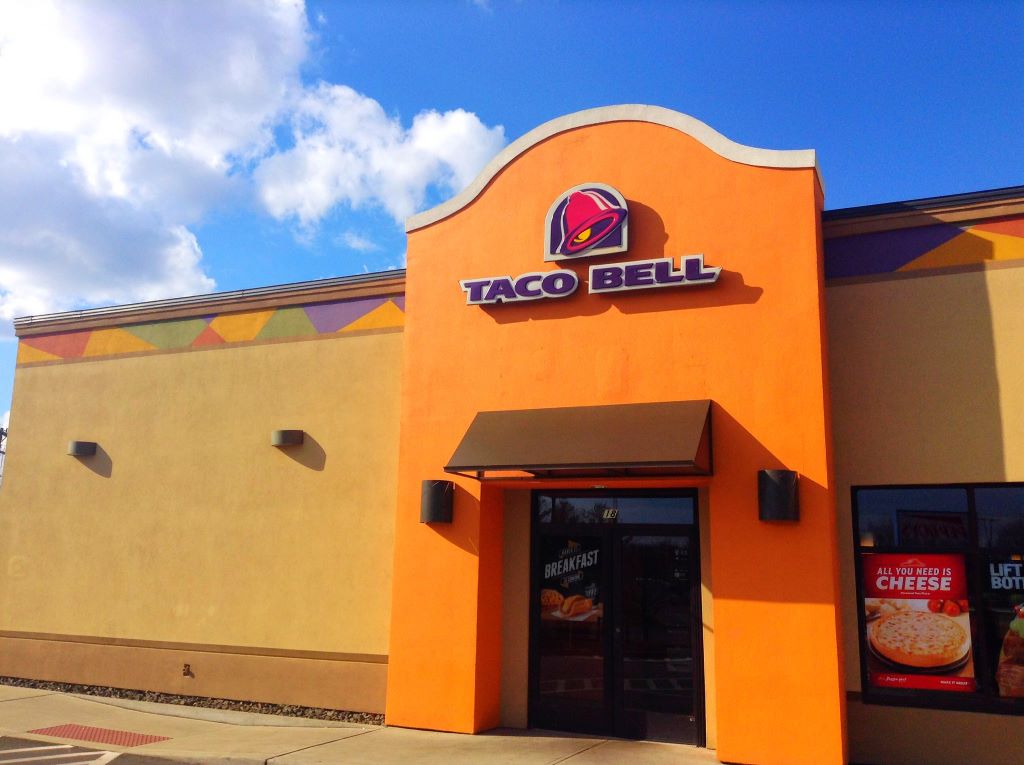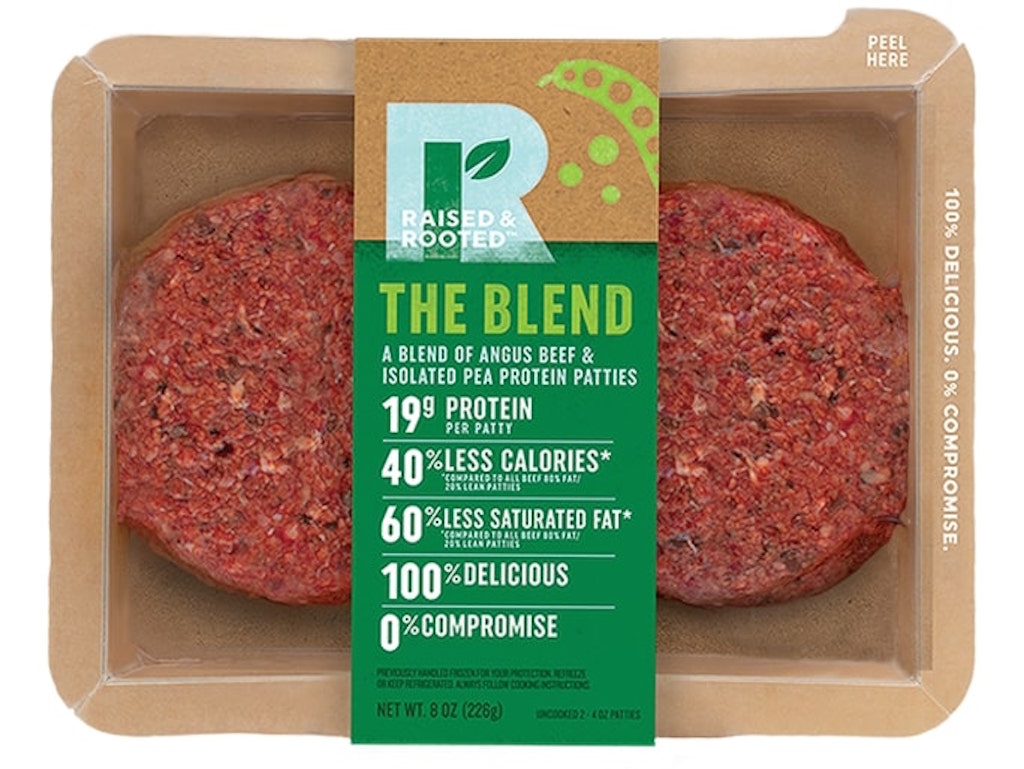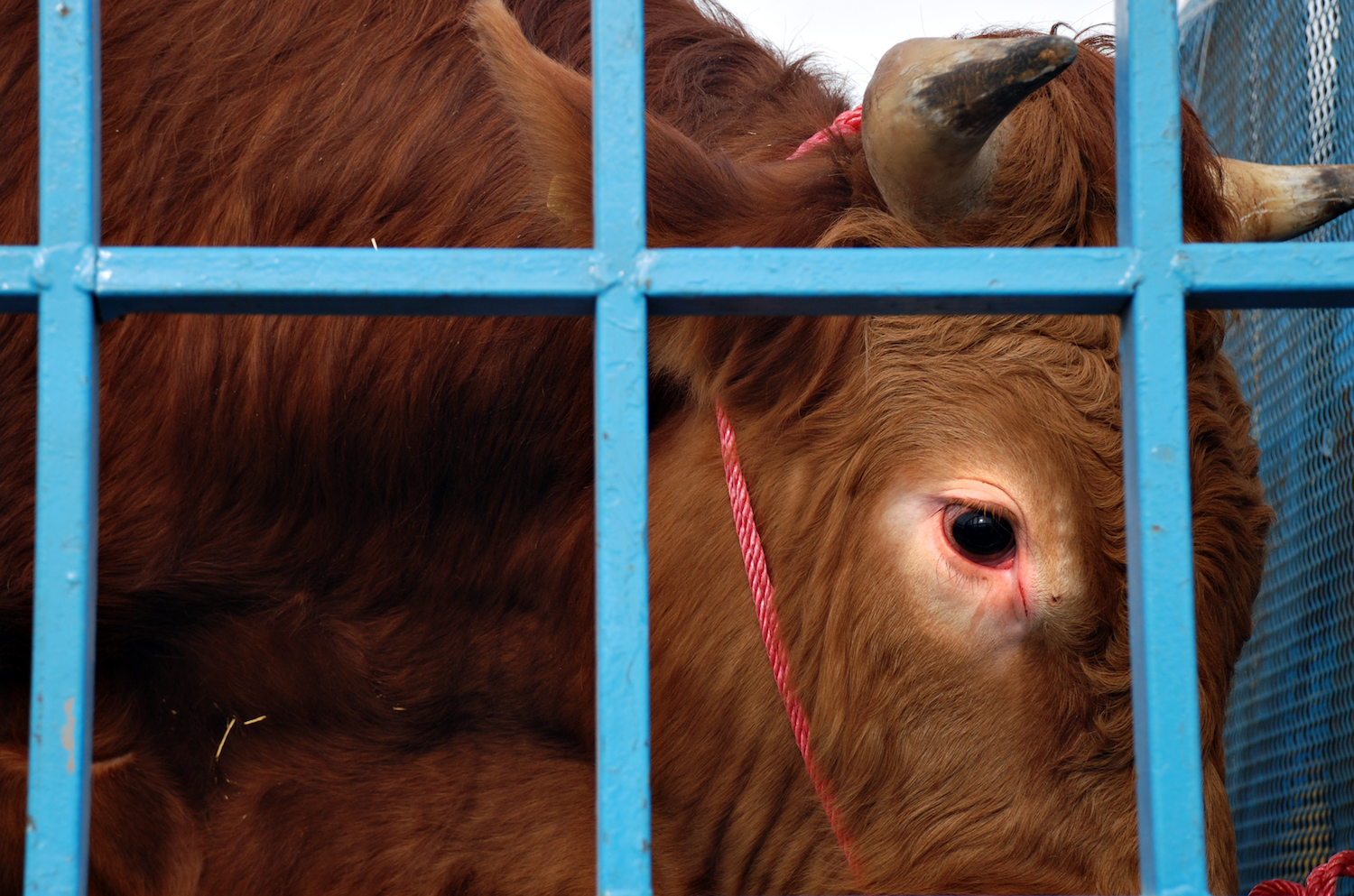On Monday, delegates in Poland met for the United Nations’ annual climate conference, dubbed COP24. This is the same conference that in 2015 led to the Paris Climate Accord, which the United States has since decided to abandon.
Reporters were quick to point out the ironies inherent in this year’s conference siting. In Katowice, Poland, a city built on coal mining, attendees will listen to panels in rooms heated by coal, in a city with elevated levels of air pollution.
It’s clear we have a long way to go. And that’s perhaps fitting against the backdrop of recent climate-related headlines: Catastrophic damage will unfold sooner than we realized. We’re already feeling the social, economic, and political impacts of a warming globe. And, oh yeah, we have just 10 years to turn things around.
Of course, the energy sector remains the single largest contributor to global warming, accounting for 72 percent of global emissions in 2013. But there’s a growing acknowledgement among advocates that meeting emissions goals means paying attention to other industries, too. The agriculture sector alone, for instance, is responsible for 9 percent of U.S. emissions.
That’s why food and farming advocates are disappointed by the decidedly emissions-heavy menu offerings at COP24. According to research by non-profit groups Farm Forward, the Center for Biological Diversity, and BrighterGreen, attendees’ meat-based options outnumber vegetarian dishes at a rate of two to one. If everyone at the conference opted for the meat choice, they would collectively consume the energy equivalent of half-a-million gallons of gas.
Had the organizers of an international climate conference opted for a meat-free menu, the logic goes, it would’ve signaled that mainstream policymakers are ready to consider the role meat consumption plays in a warming globe. But it seems we’re not quite there yet. A quick glance at the COP24 schedule shows that food and farming issues aren’t really on the table at all. (Bloomberg points out that one ancillary event does address food systems.)
Yet, advocates argue, the environmental impact of meat consumption is much larger than the oft-cited 9 percent of emissions that come from the farm. When you account for the energy used to ship animal feed from the U.S. to China, and the energy used to dispose of wasted food, the equation looks a lot different. Expand that definition to account for the whole supply chain, including the energy used to make fertilizer, and animal agriculture’s environmental impact looks enormous. As we reported in July, one study found that the top five meat and dairy companies use more carbon than Exxon, Shell, or BP.
Barring a convincing, dirt-cheap meat alternative or the widespread buy-in of the big meat corporations, it’s not likely that meat consumption overall will substantially decline without government intervention. World leaders may eventually have to tax meat, cap farm emissions, or incentivize on-farm sequestration techniques.
But none of that is being discussed at this year’s COP24. We have to agree on how to carry out the three-year-old Paris Agreement before we can move on to the next thing. Perhaps that’s why meat is still on the menu.











